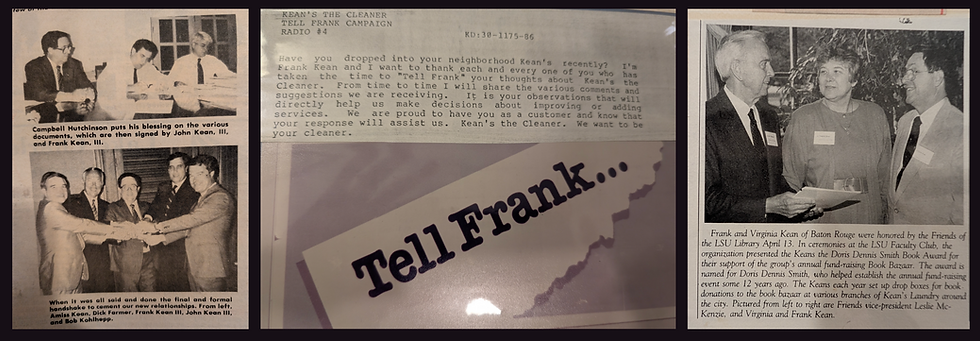How to Handle Lipstick or Inkloads
- liz6478
- Jun 25, 2020
- 2 min read

By Jeff "The Stain Wizard" Schwarz
As drycleaners and launderers are struggling to make it through this substantial downturn in business, you would think that we can take more time to check pockets and put out a better garment. After all is said and done, customers want their clothes returned “like new.”
So what happens when an ink pen or lipstick blows up and contaminates an entire load? First - Don’t freak out. Second - Remove the pen or lipstick and take a good look at it. Is it a gel pen? Is it magic marker? Etc.
There was an old attitude that goes “if it happens in drycleaning, it has to be fixed in drycleaning.” Likewise, if it happens on the wetside, it has to be corrected on the wetside. That’s really NOT the case and here’s why. If a wetside ink pen blows up inside the drycleaning machine, you will have guaranteed more success removing the ink on the wetside.
What to Do
Test the ink/ lipstick.
Apply Dryside P.O.G. (paint, oil, grease remover) to an affected area. When in doubt of color fastness, TEST on an unexposed, inside seam.
Wait 30 seconds, then dab with a piece of paper towel, or toilet paper. Don’t use your good, clean white towels for this step, because they won’t be clean and white afterwards.
If the ink/ lipstick comes off onto the towel, chances are it’s a dryside ink/lipstick. You can then use a “Batch Load Method” in your drycleaning machine to try to fix the problem.
Running a “Batch Load”
Put affected clothing into drycleaning machine.
Pour into the wheel 1 qt. to 3 qts. Of Dryside P.O.G.
Set on low solvent level and bring in clean solvent and soap.
Shut off circulating pump and “batch” the load for 45 minutes to 1 hour.
Drop the now contaminated solvent to the still.
Run on filters for 15-20 minutes.
(Note: If the ink is a gel ink, more than likely, nothing is going to remove all the ink. I have done it on a vintage Tommy Bahama, but that 1 piece took me 1 week to completely restore the garment.)
Let’s say you have gotten 95% of the ink or lipstick out, but you can’t quite remove the last trace. That’s when you can turn to bleaches. Remember to try a reducing bleach, like YellowGo first, or you could set the remaining dye.
For training videos on using reducing bleach, like YellowGo, visit www.ALWilson.com.





Comments